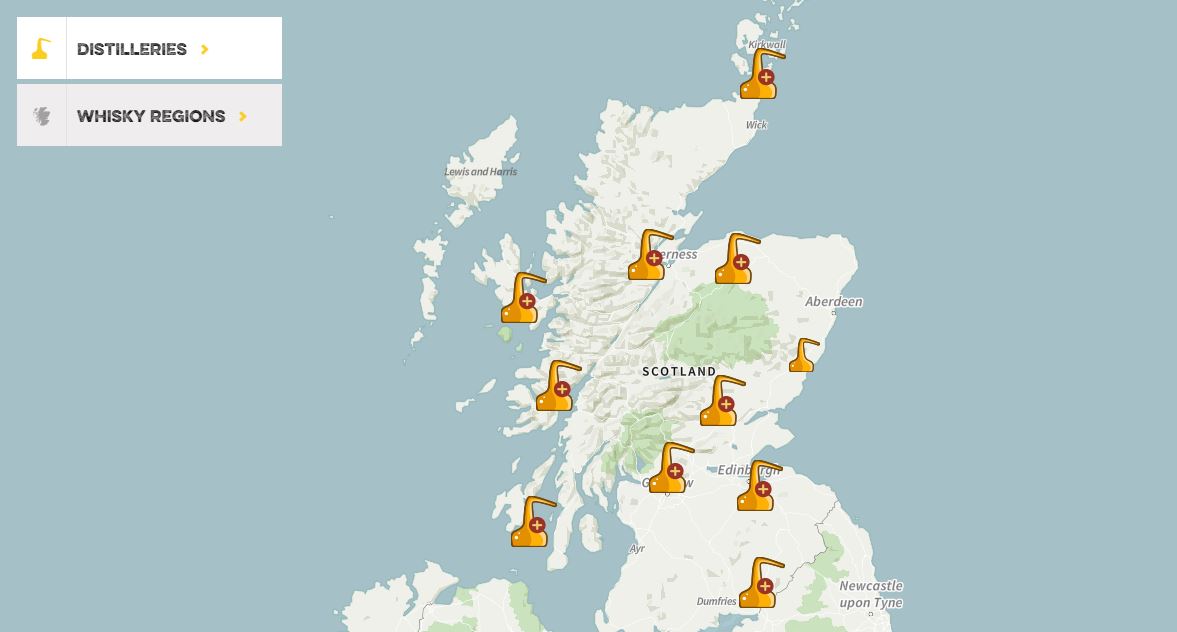What is the history of whisky?
Scotland’s national drink, whisky, is enjoyed by many across the world. It's believed whisky-making began in Scotland as winemaking methods spread from monasteries in Europe; with no access to grapes, monks used grain mash instead to produce an early form of the popular spirit.
It's believed whisky-making began in Scotland as winemaking methods spread from monasteries in Europe; with no access to grapes, monks used grain mash instead to produce an early form of the popular spirit.
The name itself derives from the Gaelic name, uisge beatha, which translates loosely to 'water of life'. The first recorded instance comes much later, in 1494 – local records show Friar John Cor of Lindores Abbey in Fife was granted the king's commission to make Acqua Vitae, Latin for 'water of life'.
Today, Scotland has over 150 (and counting) distilleries, guarding the secrets and ancient traditions that have made Scotch Whisky famous around the world.
Click the picture to explore the interactive whisky map on VisitScotland.com
What is Scotch whisky?
To be officially classed as Scotch Whisky it must be produced in Scotland and matured in oak casks for a minimum of three years. Some people say three-years-and-a-day, the extra day is just to make sure!
The definition of Scotch Whisky is defined in UK law, which is:
- It’s made in Scotland and can only use cereals, water and yeast
- It has to be bottled at a minimum of 40% abv
- It must be matured in oak casks for at least three years
- No flavourings can be added
The entire process is nothing short of an artform; three ingredients – water, malted barelybarley, and yeast – are refined through fermentation and distillation and then maturation.
Each step has a subtle but tangible impact on the overall taste, and though the process is always the same, Scotland's five regions produce Scotch whiskies with key differences.
A small number of Scotland’s distilleries produce what’s known as grain whisky. Scotch grain whisky is usually made with mixture of grains including corn, wheat, barley and rye, and it can also include malted barley.
There are five types of Scotch Whisky:
- Single Malt Scotch Whisky - which is whisky that was distilled at one distillery, using only malted barley and no other cereals, and produced using copper pot stills
- Blended Malt Scotch Whisky – a blend of single malts from more than one distillery
- Single Grain Scotch Whisky – a whisky that was distilled at one distillery that uses malted barley and other malted or un-malted grains
- Blended Grain Scotch Whisky – a blend of single grain whiskies from more than one distillery
- Blended Scotch Whisky – which is a blend of at least one single malt whisky with at least one single grain whisky. This category accounts for nearly three-quarters of Scotland’s whisky export market
Find out more about Scotch whisky
Whisky distillery regions in Scotland
Preference is a matter of taste; some connoisseurs prefer the smoky flavour of Islay whiskies, while others enjoy the light taste of a lowland whisky.
Islay
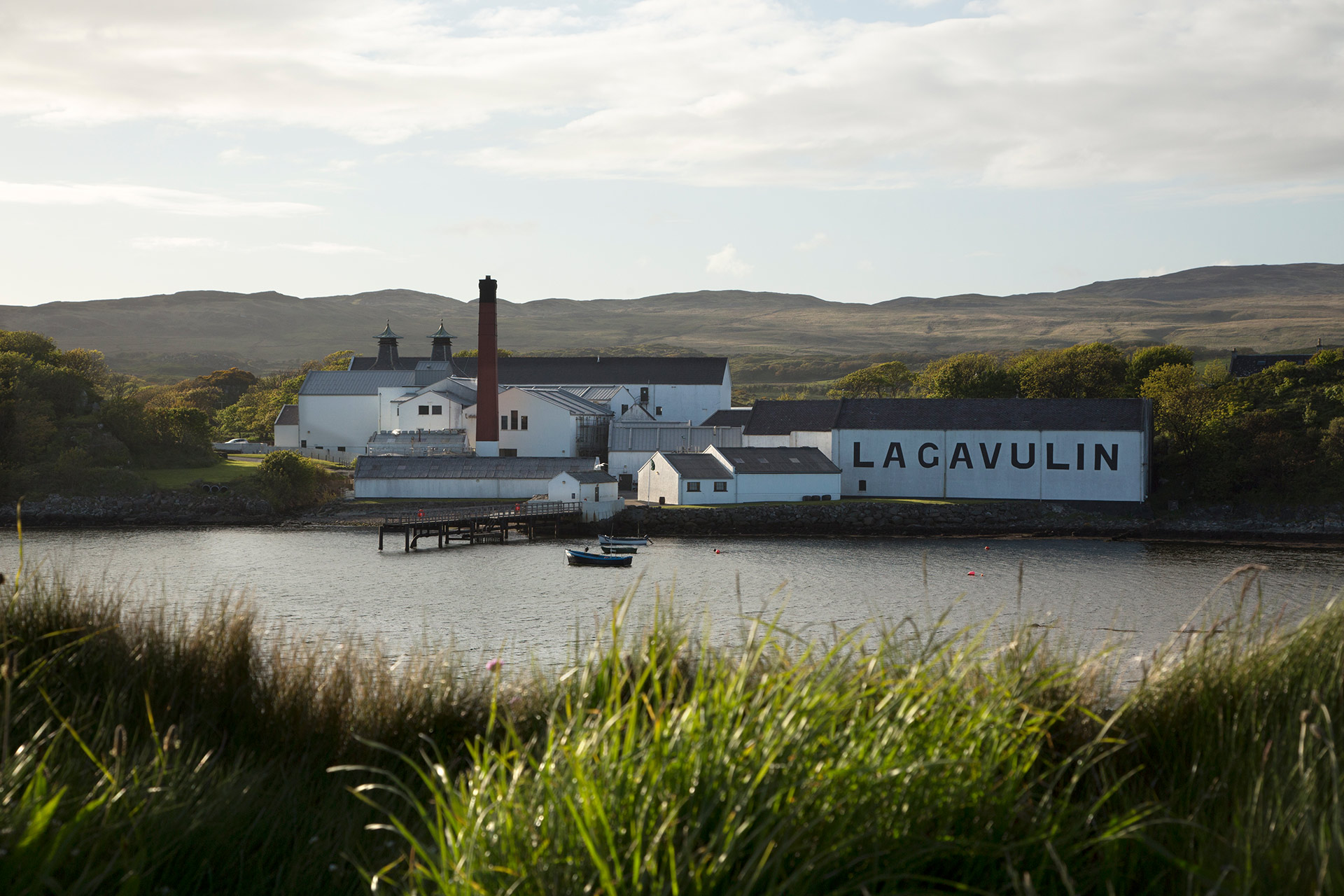
The Islay malts are generally described as having a peaty or smoky character derived from the peat, which is burned and used to dry the barley during the malting stage. The island malts are known for being powerful, flavourful and full of character.
Find out more about the Islay region at VisitScotland.com
Campbeltown
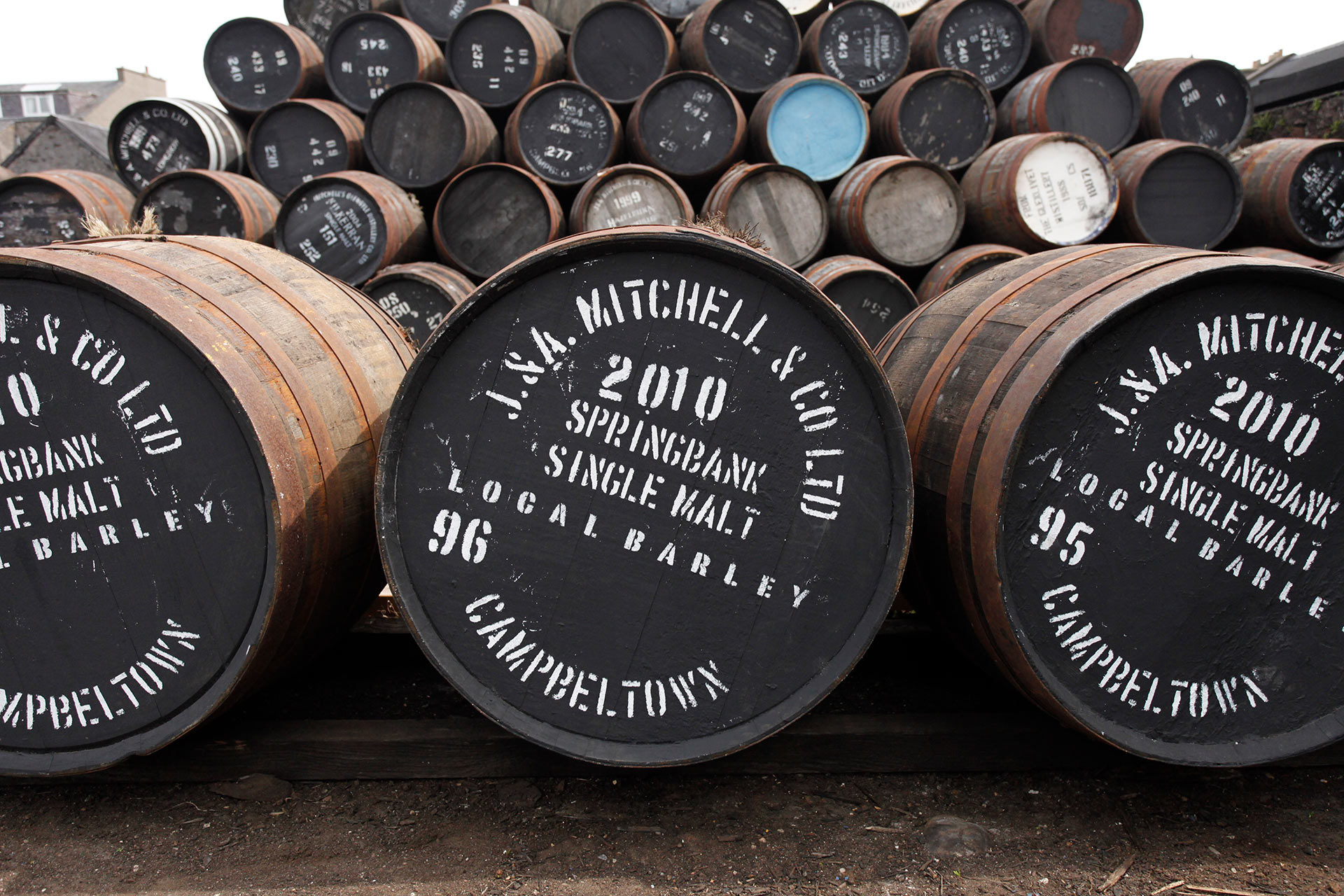
Characteristics include a defined dryness with a pungency, smoke and a solid salinity. Once a concentrated region for Scotch Whisky distilleries in Scotland, with more than 30 in operation during the 1800s, there are just three distilleries operating in Campbeltown today.
Find out more about the Campbeltown region on VisitScotland.com
Highland
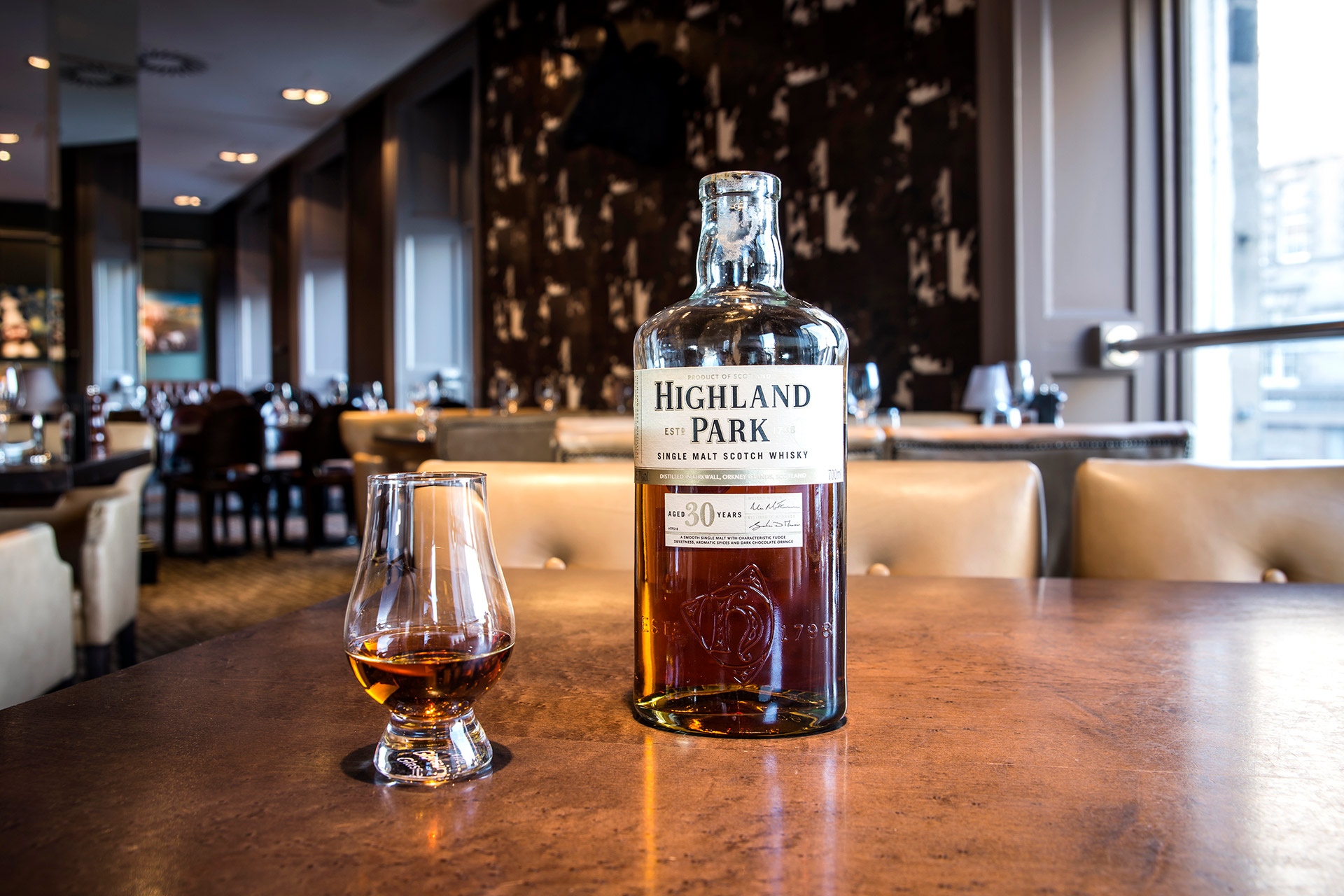
The largest whisky region in terms of size, covering a vast area and diverse range of distilleries. Whiskies made here are known for a heavier and drier character, with hints of nut, honey and heather.
Find out more about the Highland region on VisitScotland.com
Speyside
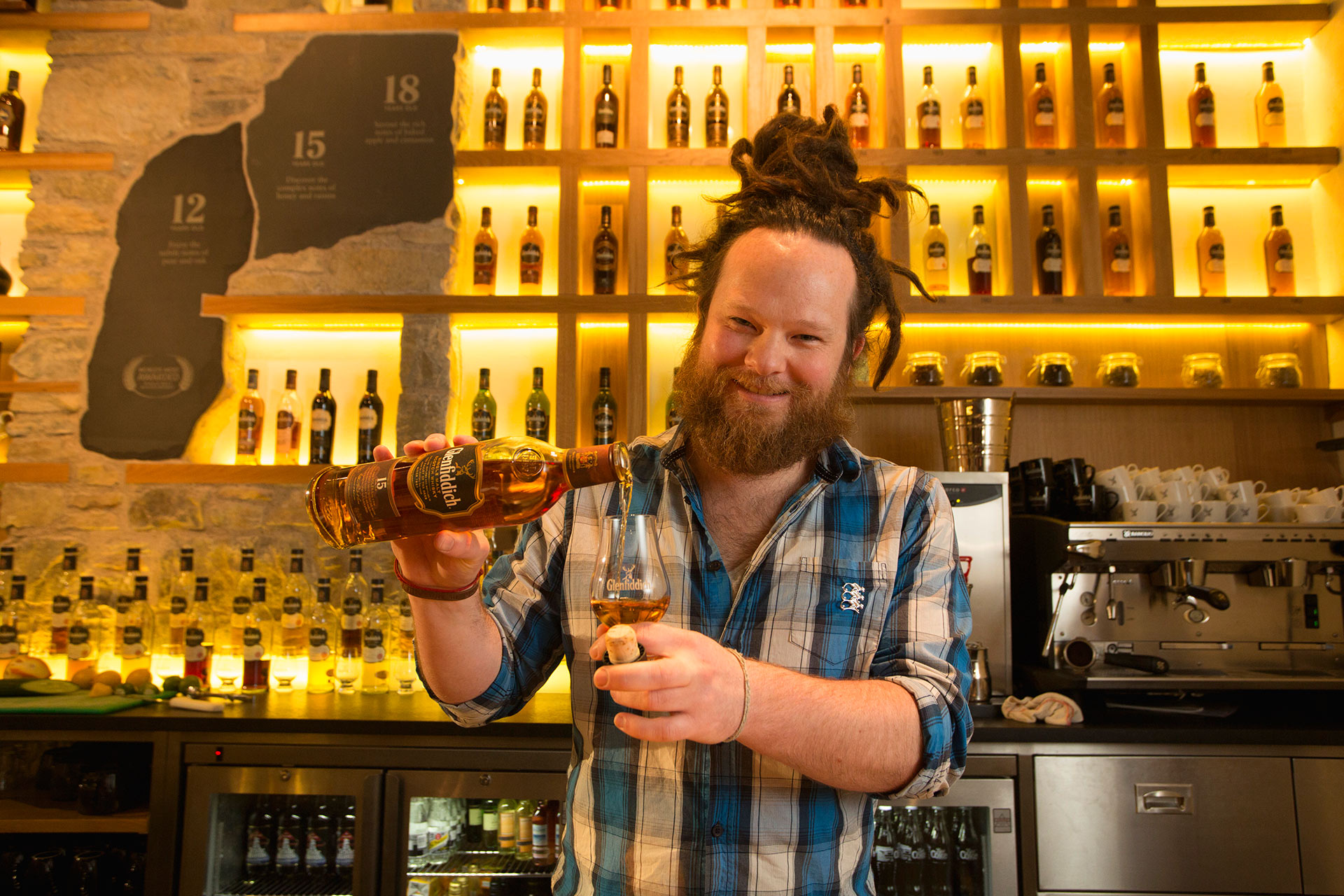
Though small, Speyside has almost half of the total number of distilleries in Scotland and is consequently officially recognised as a distinct region. Whiskies produced here are known for being elegant and refined, with subtle nutty and fruity notes, including apple, pear, honey, vanilla and spice.
Find out more about the Speyside region on VisitScotland.com
Lowland

Soft and smooth malts are characteristic of this region, offering a gentle, elegant palate reminiscent of grass, honeysuckle, cream, ginger, toffee, toast and cinnamon. These whiskies are often lighter in character and perfect for pre-dinner drinks.
How Scotch whisky is made
If you’ve ever wondered how Scotch whisky is made, then wonder no longer! Watch this video to see the processes that malted barley, clear spring water and yeast go through to produce Scotland’s national drink.
Find out more about whisky distillery regions in Scotland
Learn about sustainability in the whisky industry
